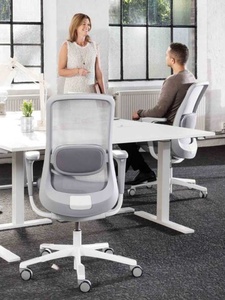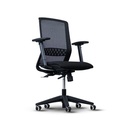Building a Compliant Workplace: A 6-Step Guide to Employer's Legal Requirements For Remote, Hybrid & Flexi-Workers
Are you an employer, who is worried about your Legal Requirements for remote workers? Or maybe you are a manager who is unsure if your company is meeting it's legal compliance for hybrid workers?
In the rapidly evolving work environment, many companies in Ireland are adopting remote and hybrid work models. While this transition offers flexibility and potential cost savings, it also presents significant legal and compliance challenges. This guide will walk you through the 6 critical steps necessary to ensure your remote and hybrid workplace complies with Irish legal requirements.

1. Develop a Comprehensive Hybrid Work Policy
The cornerstone of any compliant remote or hybrid workplace is a well-drafted hybrid work policy. This policy should be developed with input from various departments, including HR, legal, IT, health and safety, and finance. The policy must clearly define the framework for remote and hybrid work, including:
- Eligibility Criteria: Outline which employees are eligible for remote or hybrid work and under what conditions they can apply.
- Request Process: Establish a formal process for employees to request remote or hybrid work, as mandated by the Right to Request Remote Working Bill 2022. Employees with more than six months of service have the right to request remote work, and employers are obligated to respond within four weeks, with an extension possible under specific conditions.
- Refusal Grounds: Clearly state the 13 grounds under which a remote working request can be refused, as outlined in the legislation.
- Data Protection Measures: Include strong IT security measures to protect sensitive data, such as data encryption, secure access controls, and regular audits to ensure compliance with the Data Protection Act 2018 and GDPR.
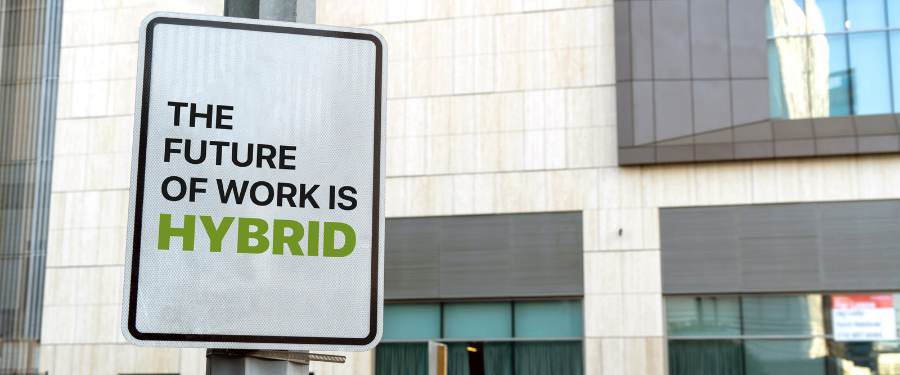
2. Update Your Safety Statement and Conduct Risk Assessments
Under the Safety, Health, and Welfare at Work Act 2005, employers in Ireland are legally required to ensure the safety and well-being of their employees, whether they work in an office or remotely. This involves updating your safety statement and conducting thorough risk assessments for all work environments, including home offices.
- Work Environment: Assess the safety of the employee's homework environment. This includes evaluating the ergonomics of their workstation, ensuring they have suitable furniture, and confirming that all equipment is safe and compliant with legal standards.
- Equipment Safety: Employers must provide or approve work equipment for home use, ensuring it meets the required safety standards. This includes chairs, desks, and display screen equipment (DSE), as per the Display Screen Equipment (DSE) Regulations.
- Risk Assessments: These should be conducted regularly and updated whenever there is a significant change in the work environment, or the employee reports any discomfort. The assessments should cover both physical risks (e.g., ergonomic setup) and psychological risks (e.g., mental health considerations).
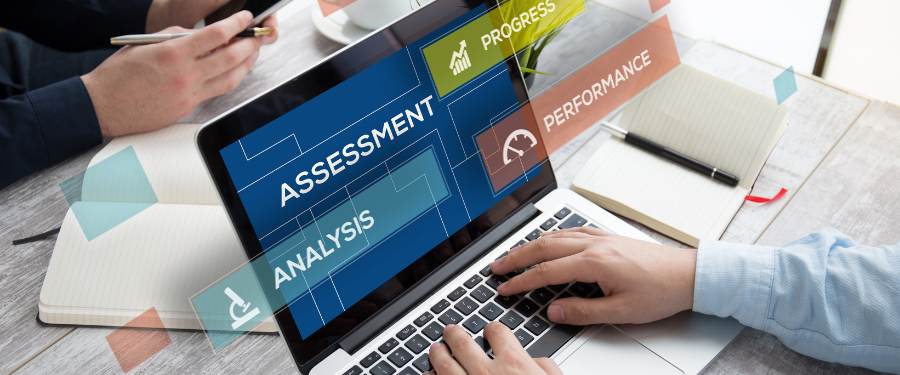
3. Ensure Proper Work Equipment and Setup
Providing and maintaining appropriate work equipment is a key legal obligation. Employers must ensure that all equipment used by employees in a remote or hybrid setting is safe, suitable, and properly maintained.
- Legal Requirements: According to the Safety, Health, and Welfare at Work (General Application) Regulations 2007, employers must ensure that workstations are ergonomically sound. This includes providing adjustable chairs, desks with adequate space, and properly configured computer screens.
- Training: Employers should provide training on how to set up workstations properly. This can be done through in-person training or via video calls, ensuring that employees understand how to adjust their equipment to avoid discomfort or injury.
- Regular Maintenance: Implement a maintenance program to ensure that all equipment remains in good condition. This is particularly important for home office setups, where the risk of wear and tear might be higher due to less frequent professional oversight.
Download A FREE Office Chair Compliance Checklist!
Download our free chair compliance checklist to ensure your workplace furniture meets all safety and ergonomic standards.
4. Conduct Regular DSE Assessments
Display Screen Equipment (DSE) assessments are crucial for preventing musculoskeletal disorders and ensuring employee well-being in a remote or hybrid work setting. Employers are required to conduct DSE assessments regularly for all employees who use display screens for significant portions of their workday.
- Assessment Process: The assessment should cover the employee’s entire work environment, including seating, desk setup, lighting, and screen positioning. It is important to assess both the home and office setups for hybrid workers.
- Escalation and Follow-Up: If the initial DSE assessment reveals potential issues, a more detailed follow-up assessment may be necessary. Employers should have a clear escalation process in place to address any problems identified during these assessments.
- Compliance Check: Ensure that all equipment meets the minimum legal requirements, and update assessments regularly or when there are changes to the work environment or the employee's work activities.
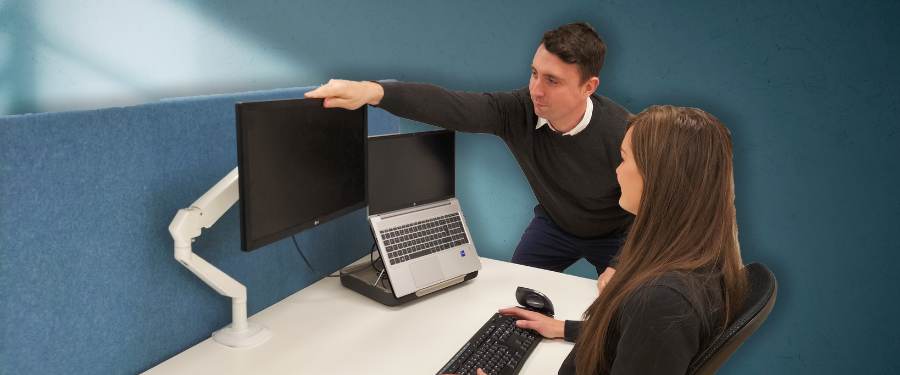
5. Monitor, Manage, and Review Compliance
Ongoing monitoring and management are essential to maintaining compliance in a remote or hybrid work environment. This involves setting up key performance indicators (KPIs) and regular reviews to ensure that all legal requirements are being met.
- KPIs for Compliance: Track metrics such as the close-out rate of assessments, turnaround times for equipment delivery, and employee satisfaction with their work environment.
- Feedback Mechanisms: Regularly collect feedback from employees about their remote or hybrid work setup. This can help identify potential issues early and allow for timely interventions.
- Quality Control: Implement a quality control system that includes shadowing and competency tests for internal assessors, ensuring they are adequately trained and equipped to carry out their responsibilities.

6. Stay Updated on Irish Employment Law Updates
The Irish employment landscape is constantly evolving, with new legislation and regulations being introduced regularly. It's essential for employers to stay informed about these changes to ensure ongoing compliance.
Key areas to monitor include:
- Changes to the Right to Request Remote Working Bill: Keep track of any amendments or updates to the legislation governing remote work requests.
- Updates to Data Protection Laws: Stay informed about changes to the Data Protection Act 2018 and GDPR, especially as they relate to remote work and data security.
- Amendments to Health and Safety Regulations: Be aware of any updates to the Safety, Health, and Welfare at Work Act 2005 and related regulations, particularly those affecting remote work environments.
- Changes to Minimum Wage and Working Hours: Ensure compliance with any increases in the minimum wage or changes to working hour regulations.
- New Employment Rights: Stay informed about any new employment rights introduced, such as parental leave or flexible working arrangements.
By staying informed about the latest employment law updates, employers can proactively address compliance challenges and maintain a compliant workplace for their remote, hybrid, and flexi-workers.
Conclusion
Building a compliant remote and hybrid workplace in Ireland involves careful planning, continuous monitoring, and a strong commitment to legal and regulatory requirements.
By following these five steps, employers can create a safe, productive, and legally compliant work environment that benefits both the business and its employees.
Stay Informed On Health And Safety Authority (HSA) Updates!
Book a FREE HSA Update meeting with a Workplace Expert and ensure that you don't miss vital information that could see your organisation at risk!

